Light creates life, makes things grow, and creates an eternal balance between night and day. Replicating light is a technology. Transforming it is an art. Many world cultures celebrate light. It is at the heart of human existence and its celebration crosses cultures, languages and geographical boundaries - the celebration of light is an affirmation of life and human experience.
Indian Festival of Light

Photo by Rahul Pandit on Unsplash
In India, the Hindu festival of Diwali in October/November celebrates the triumph of light over darkness, good over evil, and wisdom over ignorance. It’s a time when streets, homes and terraces are decorated with ‘kandeel’ Diwali lanterns, when ‘diya’ oil lamps are lit, and the sky is filled with fireworks, not just stars.
Christmas in the Phillipines
Christmas in the Philippines is also a celebration of light, characterised by 5-pointed star shaped lanterns called ‘Parols’, a word which comes from ‘farol’, the Spanish word for lantern. On Christmas Eve a procession is held and Mary and Joseph’s search of shelter is re-enacted. Members of the procession carry parols to light their way. There are contests to pick the most beautiful parols and families may pass down their expertise in parol making from one generation to another.
Loi Krathong Light Festival

Photo by Melanie Magdalena on Unsplash
The Loi Krathong light festival takes place in Thailand in November each year. "Loi"; means "to float" and a Krathong; is a lotus-shaped vessel made of banana leaves. The Krathong usually contains a candle, three sticks of incense, some flowers and coins. The festival starts at night when there is a full moon. People carry their Krathongs to local rivers, and, after lighting candles and making a wish, they place the Krathongs on the water and let them drift away. It is believed that the Krathongs carry away bad luck. At the same time, in Thailand’s northern capital Chiang Mai, people celebrate the Yee Peng festival of Light by releasing thousands of paper lanterns into the sky
Hanukkah or Chanukah is the eight-day Jewish festival of light which celebrates the triumph of light over darkness, purity over adulteration, and spirituality over materialism. At the heart of the festival is the nightly lighting of the Menorah candelabrum: a single flame on the first night, two on the second evening, until the eighth and final night of Chanukah, when all eight candles are burning.
Saint Maarten
Closer to home, Saint Martin’s Day (Sint Maarten) is celebrated in Holland on November 11th when children carry lanterns, go from house to house singing songs and are rewarded by sweets and other treats. In the Canton of Zurich, and other regions of German speaking Switzerland, ‘Räbechilbi’ is a procession featuring hollowed out and decorated turnips (yes decorated turnips!) containing a lighted candle. On the evening of the second Saturday in November thousands of people process through the darkened streets with individual lanterns or huge structures made up of hundreds of lighted turnips. The facades of people’s homes are also decorated with lights.
Christmas Celebrations

Last, but by no means least, we should not forget the Christmas, a time which coincides with the Winter Solstice, the darkest point of our seasonal calendar. It’s a time when we illuminate our houses, towns and cities, put up decorative lights and lanterns and punctuate the darkness with a cascade of light and a twinkle of stars. Houses, buildings are filled with Christmas lights and of course, the star at the top of the Christmas Tree. Perhaps it’s no coincidence that these celebrations of light often take place during the darkest times of a seasonal or lunar calendar as we seek solace, comfort and the reassurance of light during these darkest points.
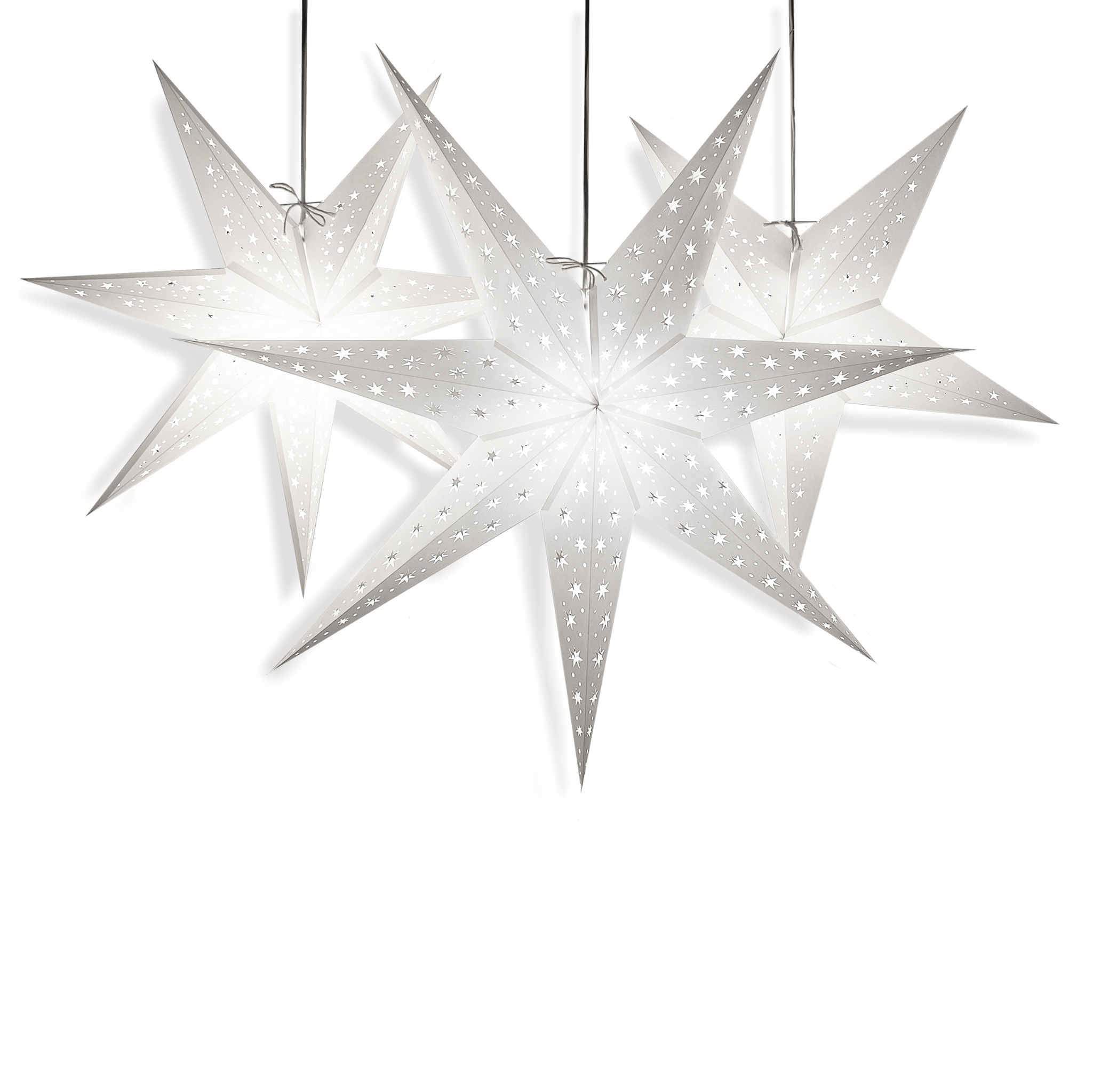
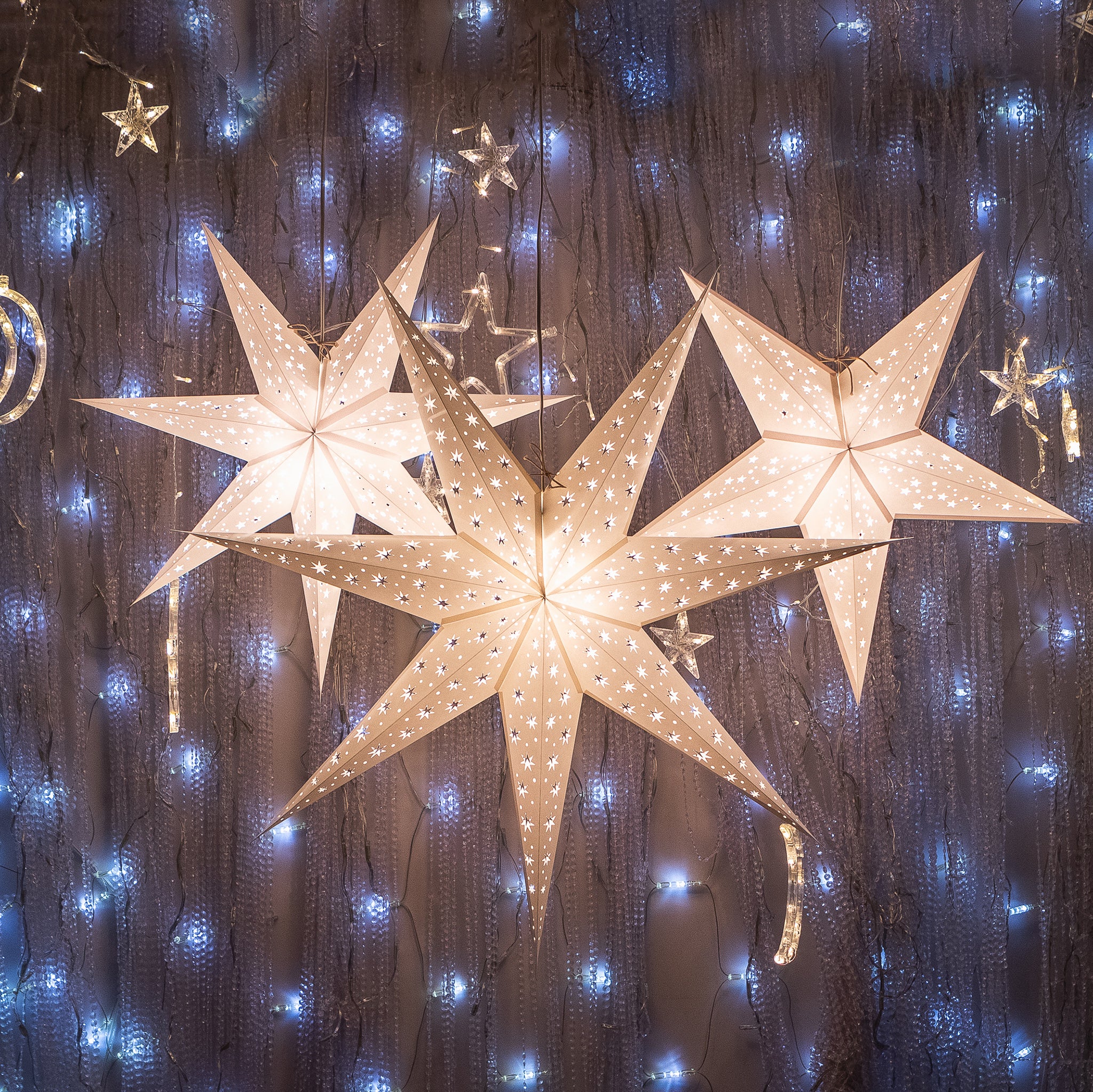

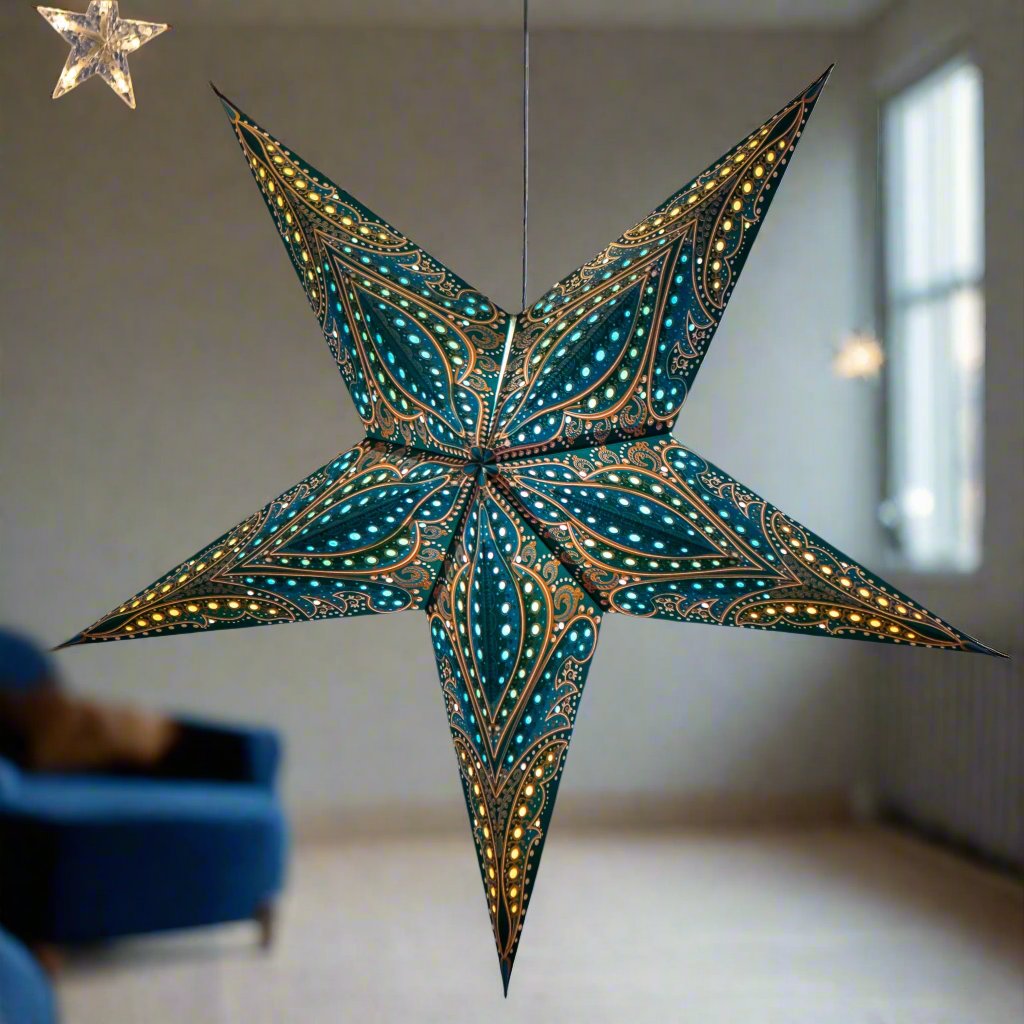

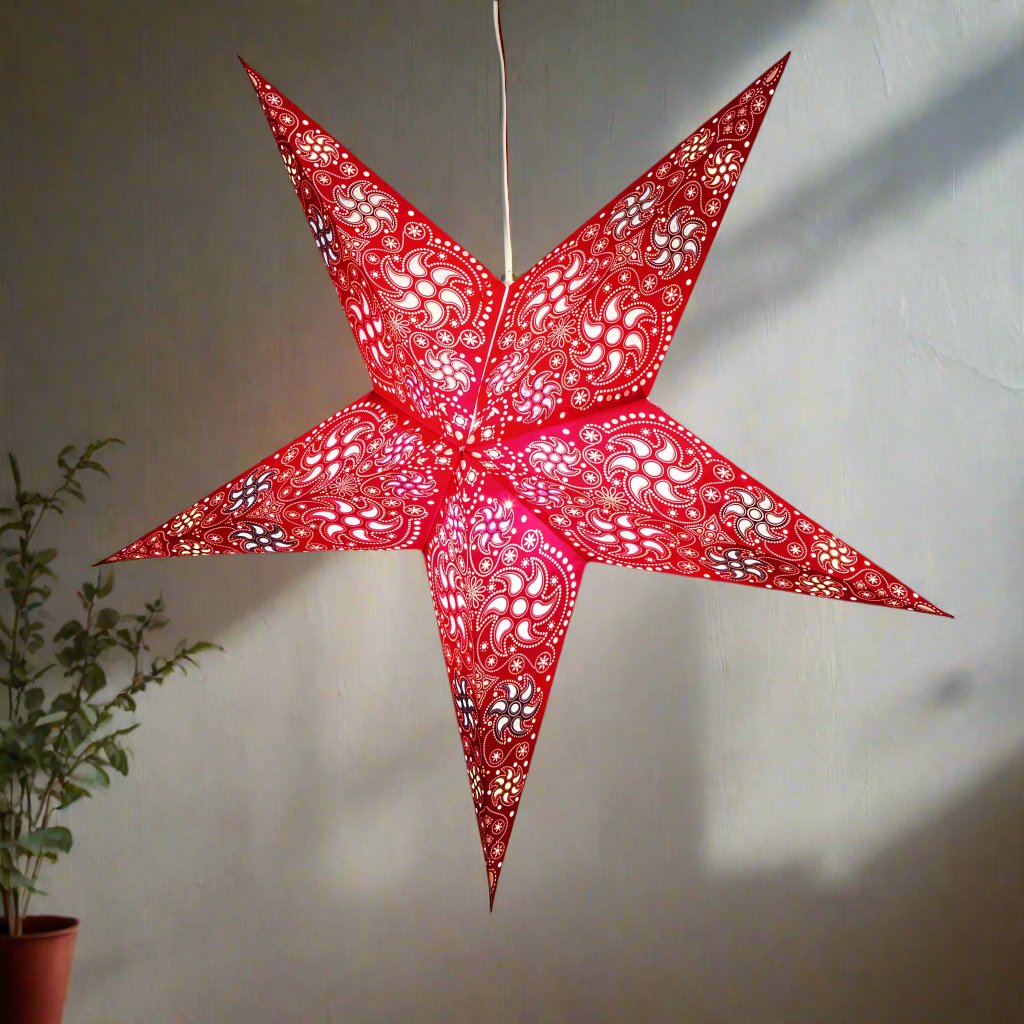

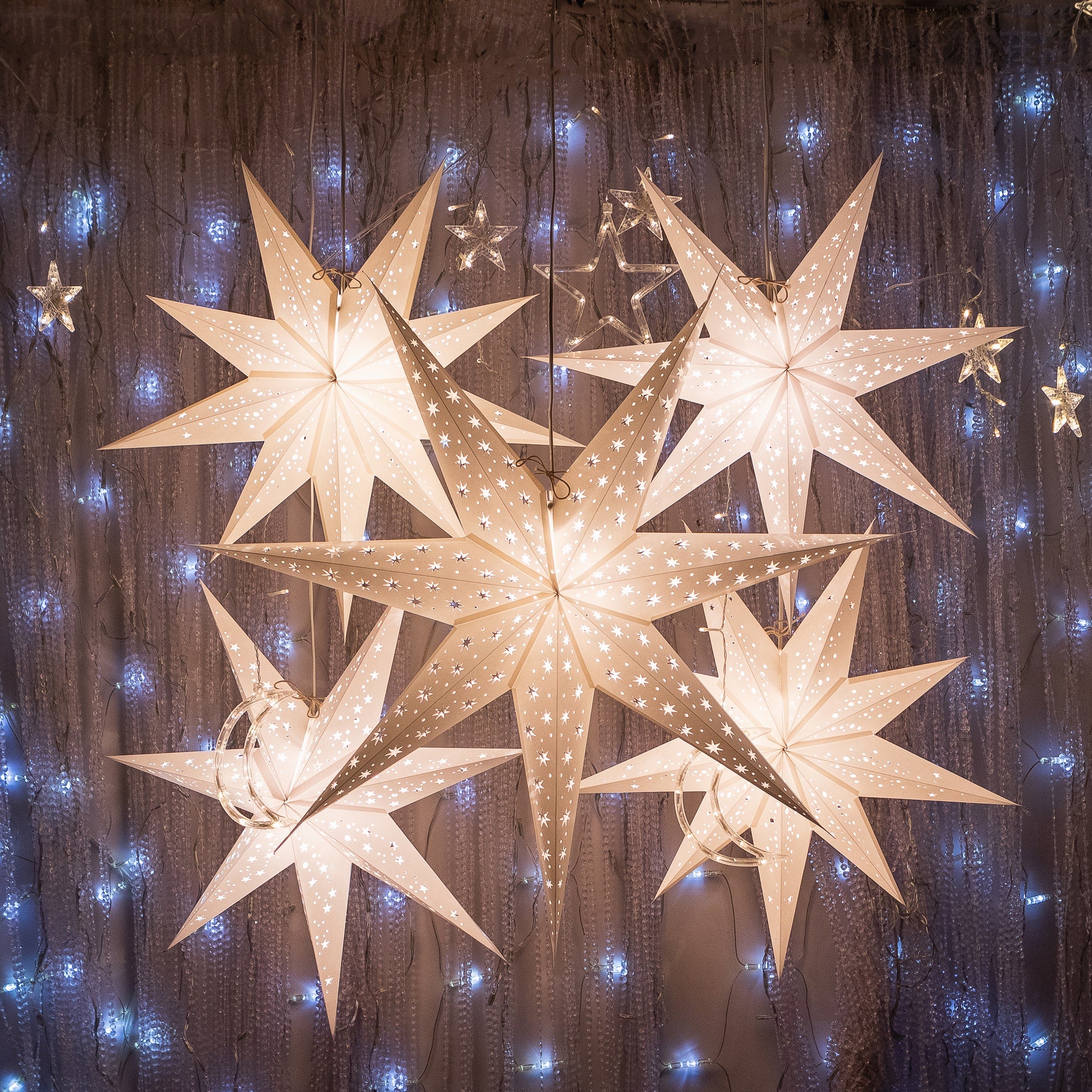





Leave a comment